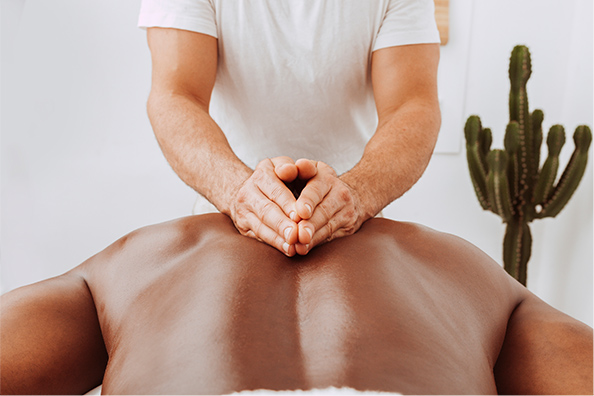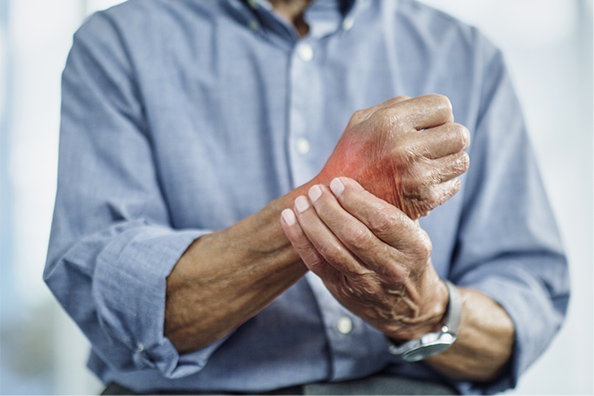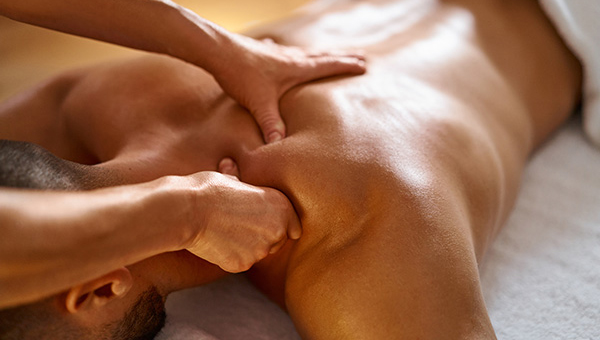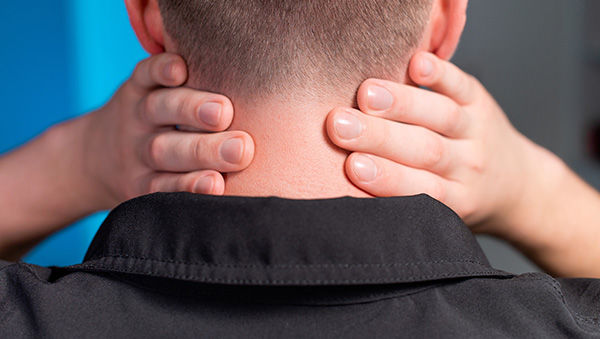First, let's carefully listen to the presentations of Daniel and Phil. Please click this link
Daniel reported three years of terrible, disabling suffering from
pain in the lower back. As his doctor explained, this pain was the result of
disc herniations, and if epidural injections didn't help, surgery would be
necessary. However, the injections didn't work, indicating that disc
herniations and spinal stenosis were not responsible for the painful clinical
picture. My non-surgical treatment made a difference, and after three years of
suffering and disability, he could return to normal function. The secret to
this success will be revealed in the further presentation.
If we pay close attention to Philip's presentation, it becomes a
real personal tragedy. I addressed his neck and headache disorder using the
protocol presented in program number 4, and for concussion rehabilitation, I
used the protocol presented in program number 15. For lower back disc
herniations and spinal stenosis, I used the massage protocol presented in
program number one. So, what is the secret key to success?
The main causes of lower back pain, including but not limited to
sciatica, often involve cases of fascial/muscular insufficiencies. In the
vertical position, most of the weight-bearing is carried by muscles such as
iliocostalis, longissimus, spinalis, and QL muscles. When these muscles build
up tension, they become insufficient to bear at least 78% of the weight.
Weight-bearing is an unavoidable force, and in cases of muscular deficit, it
gets transmitted and distributed to intervertebral discs, facet joints, and
ligaments. These components, originally not designed for weight-bearing, are
already injured and constantly exposed to additional trauma, leading to an
increase in the size of disc herniations and spinal stenosis. Tension in the
gluteal group of muscles, including the Piriformis muscles, can also contribute
or being the main first cause responsible for the clinical picture.
In program number one, in addition to teaching how to perform five
kneading techniques, soft tissue diagnosis for detecting and eliminating
built-up tension within the fascia, and how to perform Lewitt's post-isometric
relaxation techniques, as well as active movement therapy for the lower back, I
teach how to address all the main causes. Sometimes these causes, collectively,
are responsible for the clinical picture. If you carefully view and listen to
Philip's presentation, between the lines, you will hear a story about human
tragedy and losing hope. In the end, his voice started shaking. An
appropriately applied massage protocol can make a significant difference in the
lives of people.




















